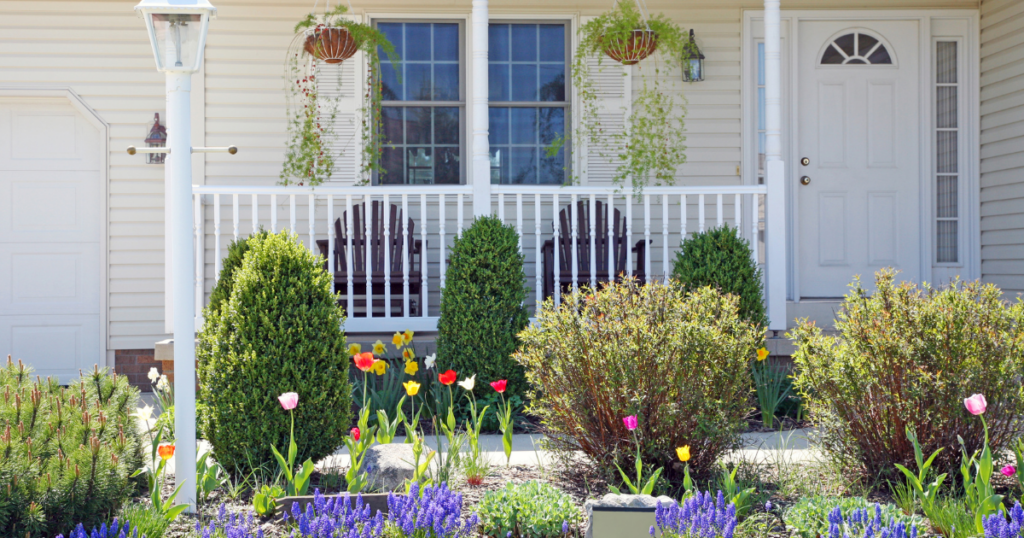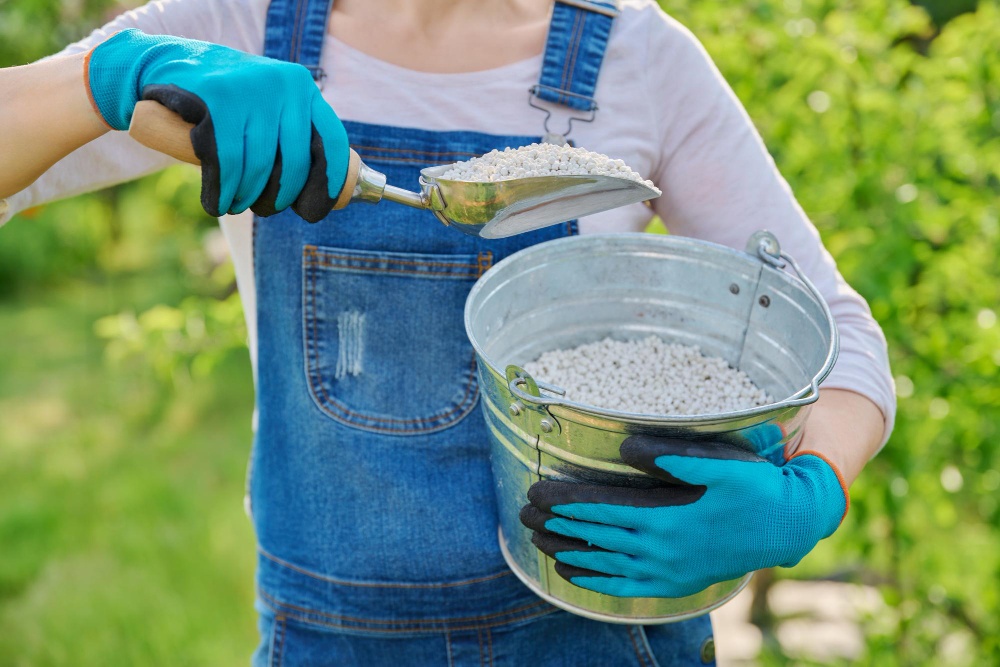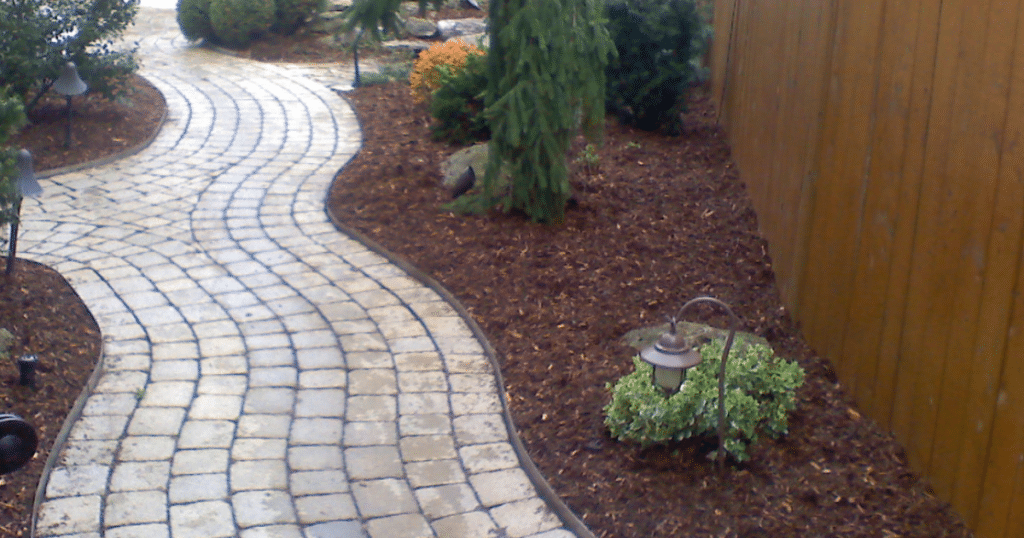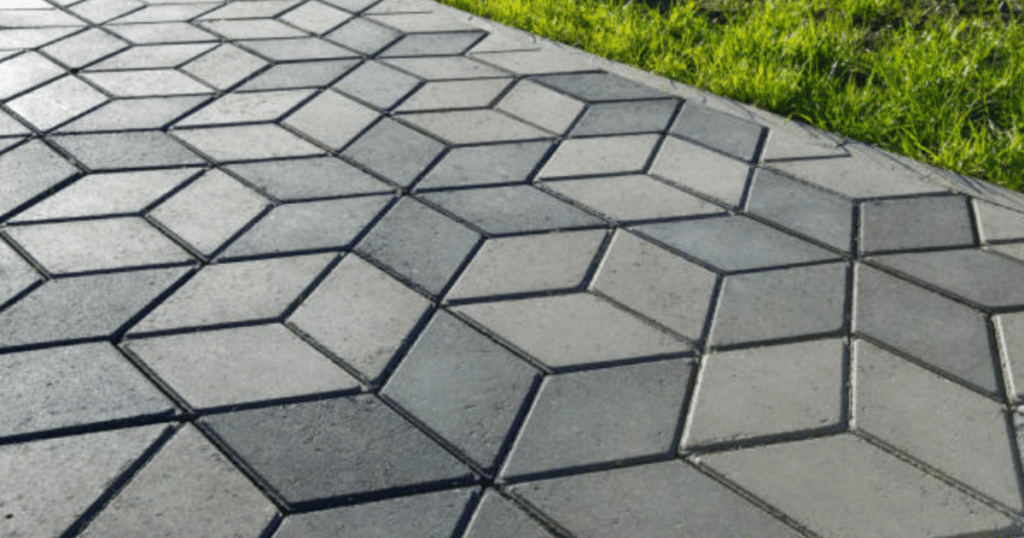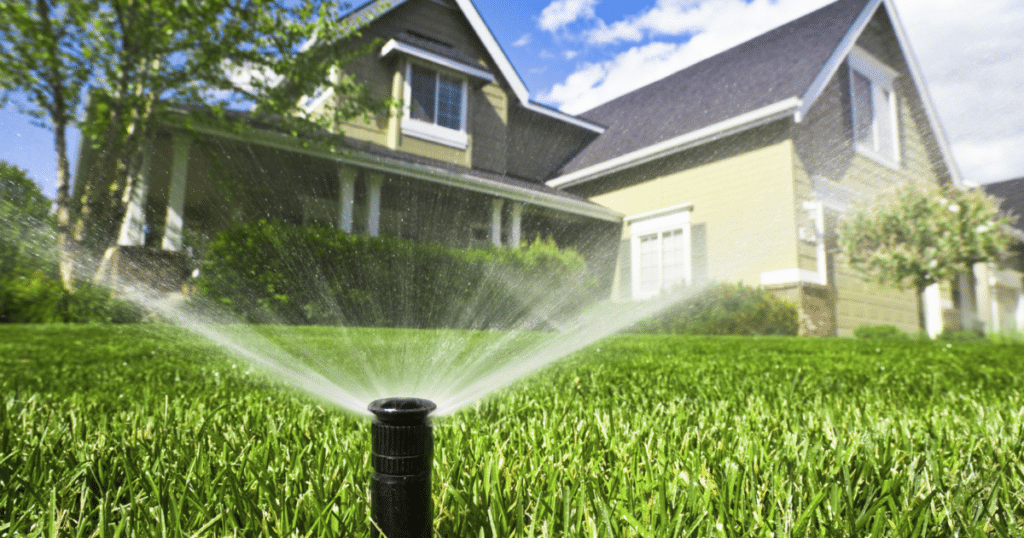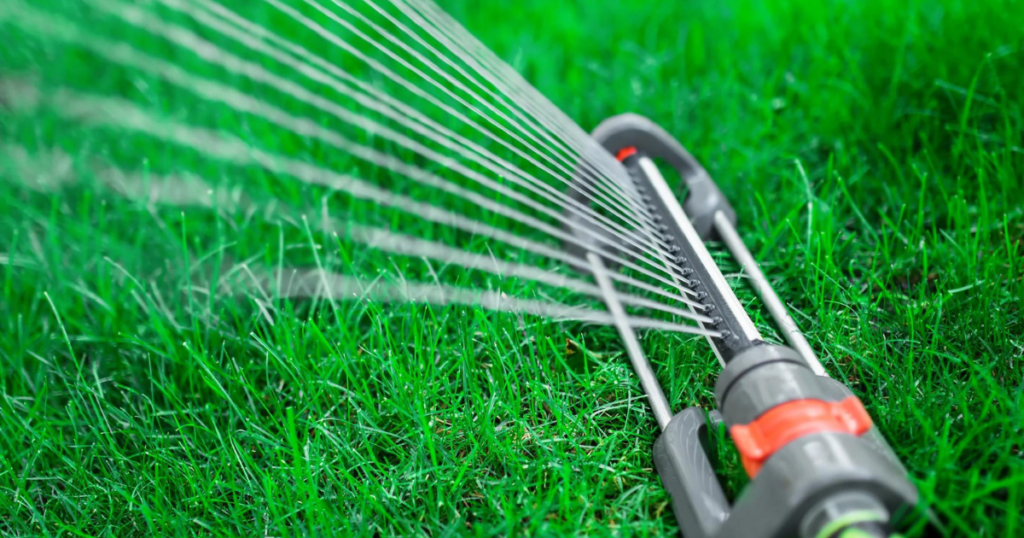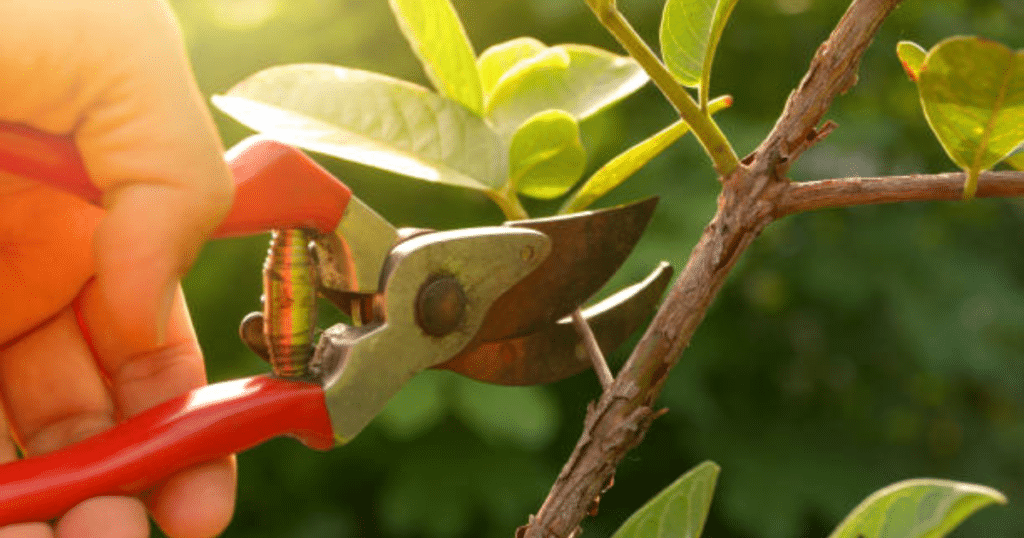Essential Mulching Techniques
In the world of gardening, there’s a simple and effective technique that can bring numerous benefits to your plants and the overall health of your garden: mulching. Mulch, a layer of organic or inorganic material spread over the soil surface offers a wide range of advantages. The benefits of enlisting Paramount’s experts to mulch your property include weed suppression, moisture retention, temperature regulation, and improved soil fertility. In this blog post, we’ll explore the power of mulching and provide you with valuable insights on how to make the most of Paramount’s mulching services, thus creating a thriving and visually appealing garden.
The Purpose and Benefits of Mulching
Mulching serves as a protective barrier for your garden’s soil, offering a multitude of benefits. First and foremost, mulch helps suppress weed growth by blocking sunlight and inhibiting weed seed germination. It also acts as an insulator, regulating soil temperature by keeping it cooler in hot weather and warmer during colder periods. Additionally, mulch aids in moisture retention, reducing the need for frequent watering while preventing soil erosion. Moreover, organic mulches gradually break down, adding valuable organic matter to the soil and enhancing its fertility.
Choosing the Right Mulch Material
When it comes to mulch, you have several options to choose from. Organic mulches, such as wood, chips, straw, leaves, and grass clipping, provide numerous benefits, including nutrient enrichment as they decompose. Inorganic mulches, such as stones, gravel, or rubber mulch, are longer-lasting and offer a low-maintenance option. Consider the specific needs of your garden, the plants you are growing, and the aesthetic you desire when selecting the appropriate mulch material. Remember that organic mulches require replenishing periodically as they decompose, while inorganic mulches can last for several years.
Proper Mulching Techniques
To maximize the benefits of mulching, Paramount follows essential proper techniques. We will start by preparing the soil surface by removing weeds and applying a layer of compost or fertilizer. We will then spread the mulch material evenly, aiming for a thickness of 2-4 inches. It is always best practice to avoid piling mulch against plant stems or tree trunks, as this can create a moist environment that promotes rot and disease. Instead, a small gap will be left around the base of the plants. Regularly inspecting the mulch layer and replenishing it as needed to stay within the ideal thickness is vital.
Mulching Tips for Different Garden Areas
Different garden areas require specific mulching considerations. In flower beds and vegetable gardens, organic mulches are often preferred for their added nutrient benefits. Again, it is always a good idea to avoid mulching too close to the stems of young plants to prevent rot. When mulching around trees, a broad saucer-shaped ring will be created around the trunk, extending to the dripline, while avoiding direct contact with the trunk itself. For pathways and high-traffic areas, inorganic mulches like gravel or wood chips are suitable for their durability and ease of maintenance.
Mulching is a simple yet powerful practice that can transform your garden’s health and beauty. By understanding the purpose and benefits of mulching, selecting the right mulch material, and employing proper techniques, you can be informed when enlisting Paramount experts to create a garden that thrives while reducing maintenance efforts. Whether you choose organic or inorganic mulch, remember to regularly inspect, and replenish the mulch layer as needed. Embrace the power of mulching and witness the transformation as your plants flourish, weeds are suppressed, moisture is conserved, and your garden becomes an oasis of health and beauty.

